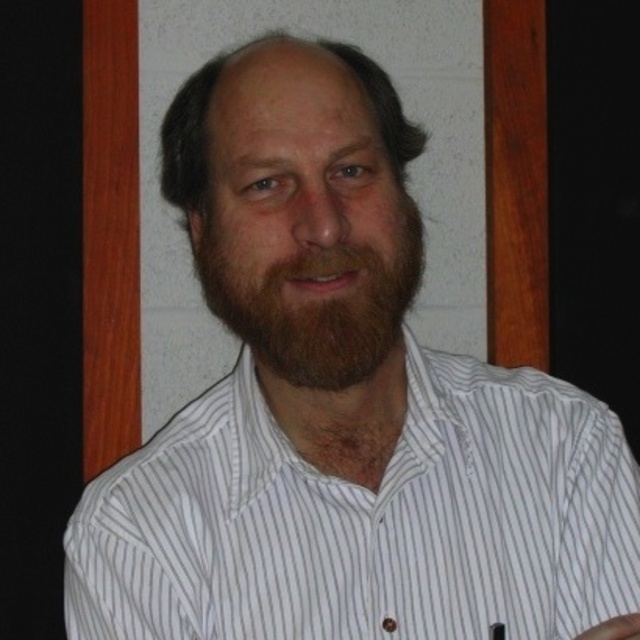
The IPAC Image Subtraction and Discovery Pipeline for the Intermediate Palomar Transient Factory
January 2017 • 2017PASP..129a4002M
Abstract • We describe the near real-time transient-source discovery engine for the intermediate Palomar Transient Factory (iPTF), currently in operations at the Infrared Processing and Analysis Center (IPAC), Caltech. We coin this system the IPAC/iPTF Discovery Engine (or IDE). We review the algorithms used for PSF-matching, image subtraction, detection, photometry, and machine-learned (ML) vetting of extracted transient candidates. We also review the performance of our ML classifier. For a limiting signal-to-noise ratio of 4 in relatively unconfused regions, bogus candidates from processing artifacts and imperfect image subtractions outnumber real transients by ≃10:1. This can be considerably higher for image data with inaccurate astrometric and/or PSF-matching solutions. Despite this occasionally high contamination rate, the ML classifier is able to identify real transients with an efficiency (or completeness) of ≃97% for a maximum tolerable false-positive rate of 1% when classifying raw candidates. All subtraction-image metrics, source features, ML probability-based real-bogus scores, contextual metadata from other surveys, and possible associations with known Solar System objects are stored in a relational database for retrieval by the various science working groups. We review our efforts in mitigating false-positives and our experience in optimizing the overall system in response to the multitude of science projects underway with iPTF.
Links
- SIMBAD https://simbad.u-strasbg.fr/simbad/sim-ref?querymethod=bib&simbo=on&submit=submit+bibcode&bibcode=2017PASP..129a4002M
- PDF https://iopscience.iop.org/article/10.1088/1538-3873/129/971/014002/pdf
- PREPRINT http://arxiv.org/abs/1608.01733
- DATA https://irsa.ipac.caltech.edu/bibdata/2017/M/2017PASP..129a4002M.html
- ELECTR https://doi.org/10.1088/1538-3873/129/971/014002



